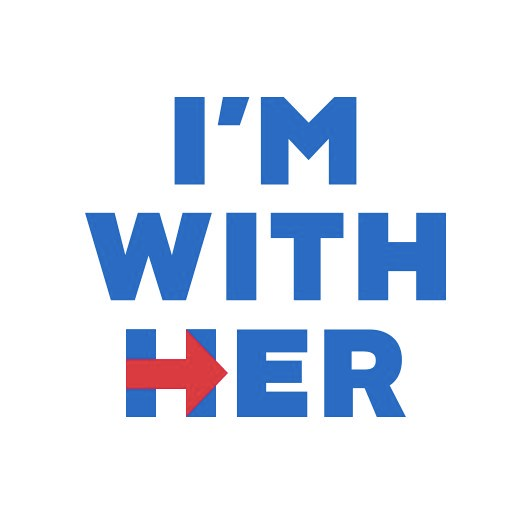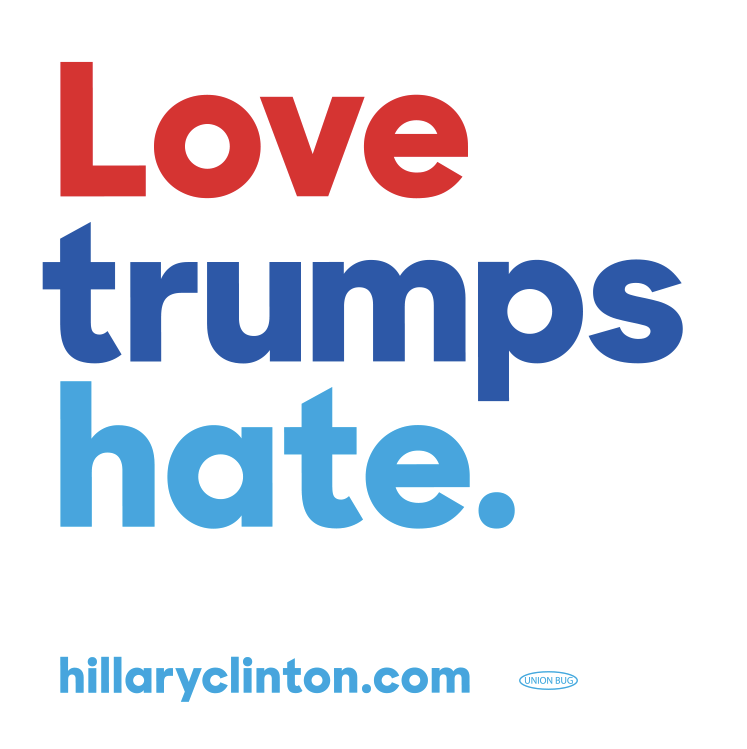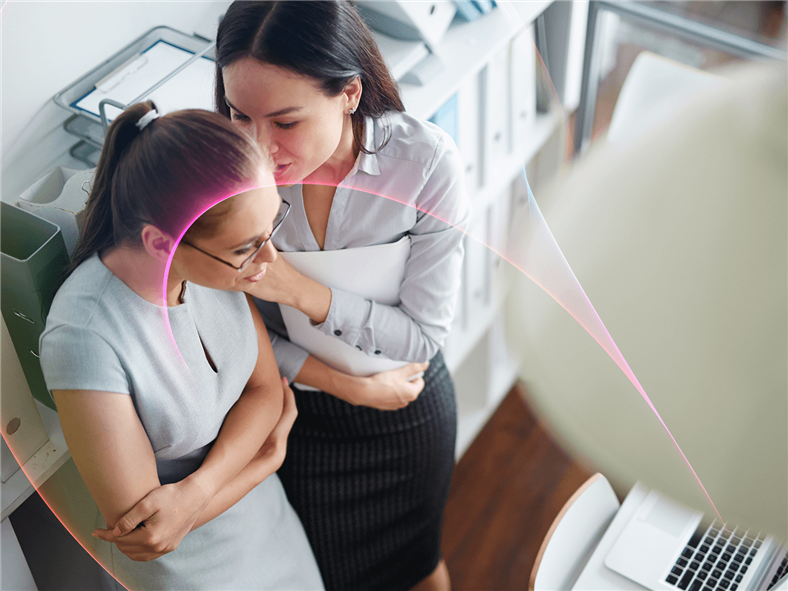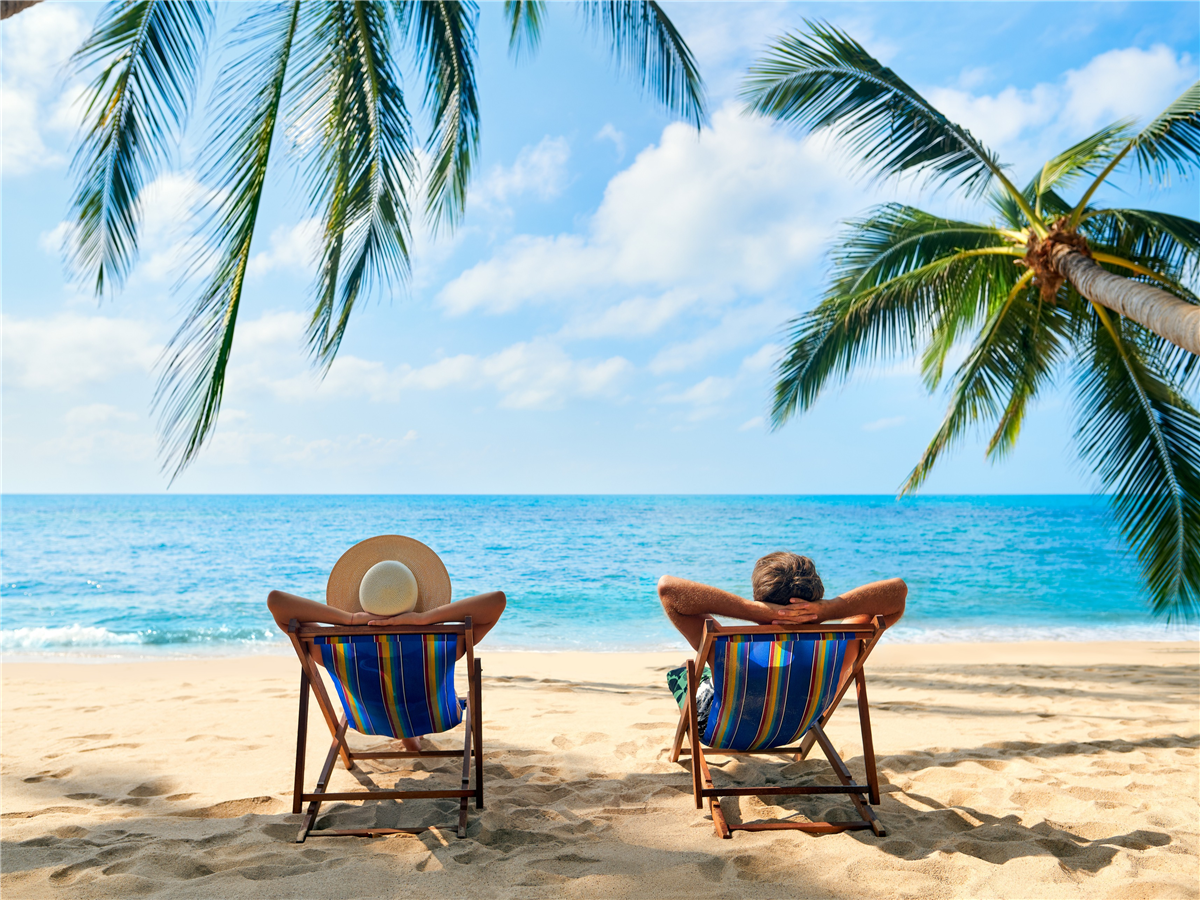Poor leadership.
— Internal Communications
This post is the last in a short series on employee / internal communications. We started out by asking which came first: communication or employee engagement?
Next, we discussed a few common challenges from the world of internal communications: diversity, change, shit sandwiches, and getting people to read email.
But we’ve saved the best and most important communications challenge for last. What can you do when the problem is not with the reader or the writer, but with the leadership of the company?
Here are two more voices from The Biggest Challenge at Work:
| Job Title | Biggest Challenge at Work |
|---|---|
| Senior Internal Communications Manager | “Informing people on business objectives and how people can contribute (engagement)” |
| Strategic Communications Executive | “Resistance towards change” |
Communication is always about leadership. Internal communications are about leadership inside the company. The two cases above are no exception. They are leadership challenges. And all three call for two kinds of leadership:
- Clear direction from top management; and
- Leadership by Internal Comms
Leadership at the top is a serious matter. In Who the Hell Wants to Work for You?, I give it a full chapter—Chapter 16, Start at the top. Here, because we are not talking to the CEO, but rather to the communications folks, I will say it’s always easy to blame the guy not in the room.
Let’s focus on something Internal Comms can do to improve things up and down the chain. Here’s a simple recipe. Whatever the message, make sure it comes across clear and strong.
Obvious? Then how come there’s so much weak and fuzzy talk everywhere? Can you see something weak and fuzzy in your company’s messaging right now? My point exactly.
Weak and fuzzy is not empowering to the leader, nor is it engaging to the follower. When a weak and fuzzy signal comes from the top, it means that the management is not ready to speak. That’s where Internal Comms can lead the way and make a big difference.
Internal Communications may only be the messenger, but it has an important duty: to clarify and amplify the message.
Everyone has his own idea of what “strong,” “weak,” “clear,” and “fuzzy” look like. Let me give you mine. I like to use advertising slogans as examples. Even though the ads are directed towards the buying public, they play a role inside the company, too. A good tagline will strike a nerve with employees and bring out a sense of common identity. What can be more engaging than that?
Strong and Clear
In 1997 Apple launched its “Think different” campaign. The slogan was a bold rip-off of IBM’s famed “Think.” Images of 20th-century visionaries and heroes accompanied Apple’s text. Albert Einstein, Martin Luther King, Jr., Amelia Earhart, Thomas Edison, and Gandhi, among others. Even though none of them ever used an Apple computer, the message was clear. Don’t follow the herd. Take a chance. Be a rebel.
That clarity came at a price. Steve Jobs had hired TBWA/Chiat/Day—one of the best and most expensive ad agencies at the time—to help bring Apple out of a death spiral. The agency spared no resource in getting the job done. First, they collected tons of data on Apple’s strengths and weaknesses in the marketplace. Next, four teams presented numerous concepts for the ad campaign. Only one idea caught the eye of the creative director Rob Siltanen. In the following months, several copywriters, artists, and designers worked with Jobs to refine the idea and turn it into a series of print, TV, and billboard ads.
The message’s strength came from comparing Apple users to the incomparable geniuses in the ads. Also from the now classic voiceover, “Here’s to the crazy ones.” Jobs himself picked “Think different” over “Think differently,” a grammatically safer, but less powerful choice.
Weak and Clear
Since Hillary Clinton lost the 2016 presidential election, it’s fair game to rip apart her campaign slogans. To many people, she still is the better candidate. Be it as it may, we can all agree on one thing: she was desperately lacking in the catchy tagline department.

Weak and Fuzzy
The Clinton campaign must have soon realized they had a problem and went back to the whiteboard. Out came “Stronger Together.” Unfortunately, the second attempt was not only weak but also very unclear. Who was together with whom? Would she be stronger if more people voted for her? (Duh) Or would the independent voters be stronger if they joined the Democrats? Just as the first one, the new slogan failed to explain why this would be the case.

Strong and Fuzzy
Once again, the Clinton campaign likely sensed that “Stronger Together” wasn’t strong enough. So, they tried it a third time. The result was, “Love Trumps Hate.”

Even though, the ad made logical sense, psychologically it sent a mixed signal. First, it linked Clinton and her campaign to both “love” and “hate.” Were we to assume that she was “love” and he was “hate?” Did that mean she loved Trump and his supporters? Or was it okay to hate them?
Clinton campaign slogans did not make a strong and clear connection to the voters, and her campaign failed. Apple’s “Think Different” campaign did, and it succeeded spectacularly. One could argue that Apple was a superior product, and Clinton was an inferior candidate, and the ads didn’t matter. But, at the time, Apple held 4% of the market, and Clinton was favored to win the election, so it’s likely that in both cases, the words did matter—a lot.
The same goes for Internal Communications. Even under “poor leadership,” you could be the missing link between the company and the employees.
Know what’s on people’s minds and speak to them in a strong and clear voice. Carry the message both ways.
Watch out for inconsistencies. Talking the talk and not walking the walk makes the company sound like it has something to hide from employees rather than having something to say to them. Give up wishful and deceptive thinking and speak from your true strengths.
Listen to people. Tell management what resonates with employees and what doesn’t. Have data to back up your case. Expect pushback. TBWA/Chiat/Day challenged Jobs several times while making “Think different.” At one point, Rob Siltanen stepped away from the campaign, because he could not handle Jobs. The rest of the team persevered and made history.
_____
If you want to send a strong and clear message, you might like my book, because it’s all about clarity and strength in the workplace.












 info@axerosolutions.com
info@axerosolutions.com 1-855-AXERO-55
1-855-AXERO-55


